Unit I : Non-Conventional Machining Processes
1.1 Fundamentals of Non-conventional Methods: Needs and Types of Non-conventional methods. Importance of methods.
1.2 Working Principle, Set-up of: EDM, WEDM, ECM, PAM, AJM, USM, EBM and LBM.
1.3 Advantages, Limitations and Applications of: EDM, WEDM ECM, PAM, AJM, USM, EBM & LBM.
Unit II : Milling Machines and Milling Processes
2.1 Milling: Working Principle of Milling Machine, Types of Milling Machines.
2.2 Milling Cutters: Different types of Cutters used in Milling, Face Milling Cutter, End Milling Cutter, Staggered tooth Milling Cutter, Side & Face Milling Cutter, Form Milling Cutters, Metal Slitting Saw etc.
2.3 Milling Processes: Plain Milling, Face Milling, Side Milling, End Milling, Straddle Milling, Gang Milling, Slotting, Slitting, Up milling and Down Milling.
2.4 Cutting Parameters: Cutting Speed, Feed.
2.5 Dividing Head: Types, Function of Dividing Head, Method of Indexing, Index Plates.
Unit III : Gear Manufacturing
3.1 Gear Manufacturing Methods – Function and Types of Gears, Gear Manufacturing Methods
3.2 Gear Hobbing – Working Principle, Types of Gear Hobbing, Advantages, limItations and Applications of Gear Hobbing
3.3 Gear Shaping – Gear Shaping by Pinion Cutter, Gear Shaping by Rack Cutter, Advantages, Limitations and Applications of both the Methods and Comparison of Gear Hobbing and Gear Shaping
3.4 Gear Finishing Methods – Need of Gear Finishing, Gear Finishing Methods:
(a) Gear Shaving
(b) Gear Grinding
(c) Gear Burnishing
(d) Gear Lapping
(e) Gear Honing
Unit IV : Fundamentals of Computer Aided Manufacturing (CAM)
4.1 CAM Concept, NC (Numerical Control), CNC (Computerized Numerical Control) and DNC (Direct Numerical Control) – Concept, Features and Differences.
4.2. CNC Machines: Types, Classification, Working and Constructional Features Advantages, Limitations and selection Criteria.
4.3 Elements of CNC machines – Types, Sketch, Working and Importance of: Slide Ways; Re-circulating Ball Screw; Feedback Devices (transducers, encoders); Automatic Tool Changer (ATC); Automatic Pallet Changer (APC);
4.4 CNC Tooling: Tool Presetting – Concept and Importance; Qualified Tools – Definition Need and Advantages; Tool holders – Types and Applications.
4.5 CNC Turning Centres: Types; Features; Axes Nomenclature; Specification; Work Holding Devices -Types, Working and Applications.
4.6 CNC Machining Centres: Types; Features; Axes Nomenclature; Specification; Work Holding Devices – Types, Working and Applications.
Unit V : CNC Part Programming
5.1 Definition and Importance of various Positions like Machine Zero, Home Position, Work Piece Zero and Programme Zero.
5.2 CNC Part Programming: Programming Format and Structure of Part Programme.
5.3 ISO G and M Codes for Turning and Milling-Meaning and Application Important Codes.
5.4 Simple Part Programming for Turning using ISO Format having Straight Turning, Taper Turning (Linear Interpolation) and Convex/Concave Turning (circular interpolation).
5.5 Simple part Programming for Milling using ISO format.
5.6 Importance, Types, Applications and Format for: Canned Cycles; Macro; Do Loops; Subroutine.
5.7 CNC Turning and Milling Part Programming using Canned Cycles, Do loops and Subroutine.
5.8 Need and Importance of various Compensations: Tool Length Compensation; Pitch Error Compensation; Tool Radius Compensation; Tool Offset.
5.9 Simple Part Programming using various compensations.
5.10 Virtual CNC Machine Simulators. Generation of Generating Shop Documentation using a CAM Software, Cycle Time Sheets, Tools List with Tool Layout, Spindle Utilization Graphs, Program for different Control Systems and different Configuration of Machines.
Unit VI : Automation and Robotics
6.1 Automation – Define, Need of Automation, High And Low Cost Automation, Examples of Automations.
6.2 Types of Automation – Fixed (Hard) Automation, Programmable Automations and Flexible Automations (Soft).Comparison of types of Automations.
6.3 Group Technology – Concept, Basis for Developing Part Families, Part Classification and Coding with Example, Concept of Cellular Manufacturing. Advantages and Limitations.
6.4 Flexible Machining System – Introduction, Concept, Definition and Need, Sub-systems of FMS, comparing with other Manufacturing Approaches.
6.5 Introduction to Robotics – Definition of Robot and Robotics, Advantages Disadvantages and Applications.
6.6 Components of Robotics Manipulators, End Effectors, Actuators, Sensors, Controller, Processor and Software.




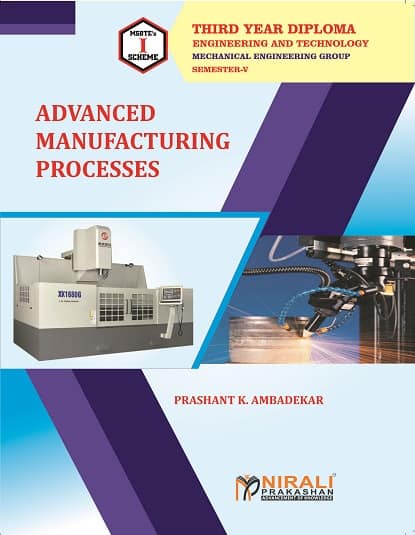
 Zoom
Zoom

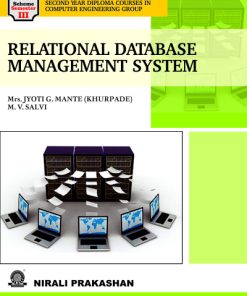
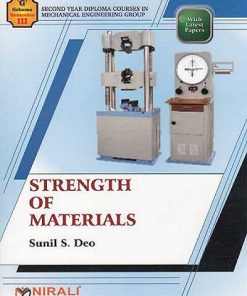
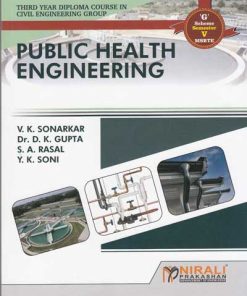
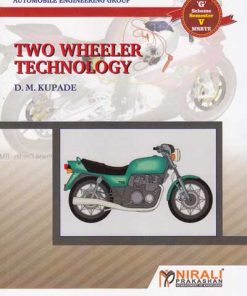
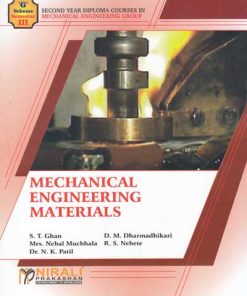

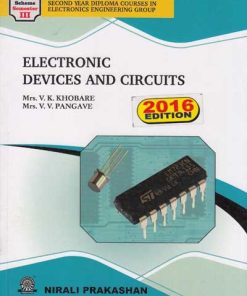



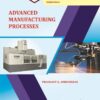
Reviews
There are no reviews yet.